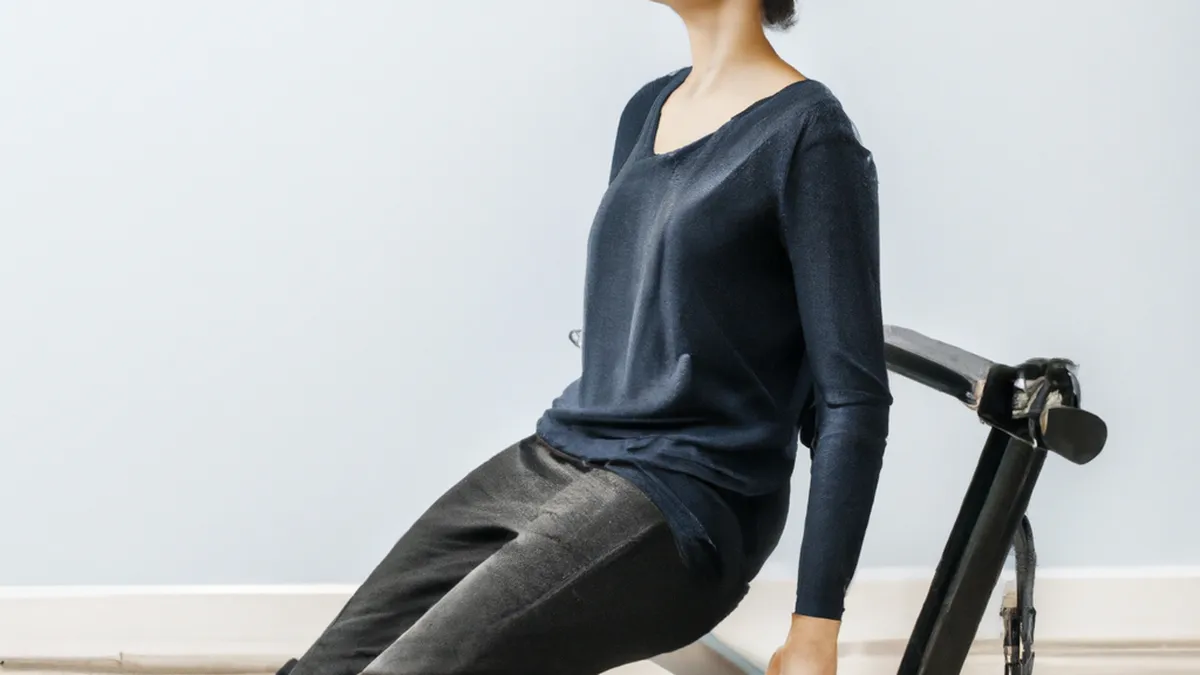Fine-Tune Your Breathing Patterns
Breathing Patterns for StabilityBreathing sustains life. Many people underestimate its impact on physical and mental stability. Consciously controlling our breath enhances well-being and fosters harmony. This blog post explores effective breathing patterns that promote daily stability with easy techniques for your routine.
Understanding Breathing Patterns
Breathing patterns define our inhalation and exhalation. Most people breathe unconsciously, leading to shallow breaths. Shallow breathing increases anxiety and stress, destabilizing emotions. When we breathe shallowly, our bodies enter stress states, raising heart rates and cortisol levels. In contrast, deep, mindful breathing fosters calm, clarity, and stability.Correct breathing fundamentally changes how we respond to challenges. Focusing on our breath engages our natural relaxation response, helping us feel grounded and secure. Conscious breathing allows us to regain emotional control and improve our health.
Diaphragmatic Breathing
Diaphragmatic breathing, or belly breathing, effectively fosters stability. This technique engages the diaphragm, promoting deeper inhalation and better oxygen exchange. Practice diaphragmatic breathing with these steps:1. **Find a Comfortable Position**: Sit or lie down comfortably. Relax your body, keeping your shoulders down and back.2. **Place Your Hands**: Position one hand on your chest and the other on your belly. This helps you feel your breath’s movement.3. **Inhale Deeply**: Inhale deeply through your nose, ensuring your belly rises more than your chest. Fill your lungs from the bottom up.4. **Exhale Slowly**: Exhale slowly through your mouth, allowing your belly to fall. Focus on releasing tension with each exhale.5. **Repeat**: Continue this process for several minutes. Notice a significant difference in how you feel physically and mentally.
Box Breathing
Box breathing offers another excellent technique for stability. This method regulates your breath and calms your mind, especially during stress. Follow these steps to practice box breathing:1. **Inhale**: Inhale slowly through your nose for a count of four.2. **Hold**: Hold your breath for another count of four.3. **Exhale**: Exhale through your mouth for a count of four.4. **Pause**: Pause for a count of four before inhaling again.This technique creates a steady rhythm, clearing your mind and reducing anxiety. Practicing box breathing for just a few minutes provides immediate stress relief and promotes control.
Tips for
As an Amazon Associate I earn from qualifying purchases.
Gear tip: consider ice bath tub, waterproof thermometer, and circulation pump to support this topic.
Conclusion
In summary, effective breathing techniques enhance stability and well-being. Incorporate these practices into your routine for lasting benefits.
Below are related products based on this post:
FAQ
What are breathing patterns?
Breathing patterns refer to the ways we inhale and exhale. Most people tend to breathe unconsciously, which can lead to shallow breaths that increase anxiety and stress. Mindful breathing, on the other hand, promotes calmness and stability.
What is diaphragmatic breathing?
Diaphragmatic breathing, also known as belly breathing, is a technique that engages the diaphragm to promote deeper inhalation. This method enhances oxygen exchange and helps reduce tension, leading to improved emotional control and physical well-being.
How does box breathing help with stress?
Box breathing helps regulate breath and calm the mind, particularly during stressful moments. By following a structured pattern of inhaling, holding, exhaling, and pausing, this technique creates a steady rhythm that can provide immediate stress relief and enhance focus.















Post Comment